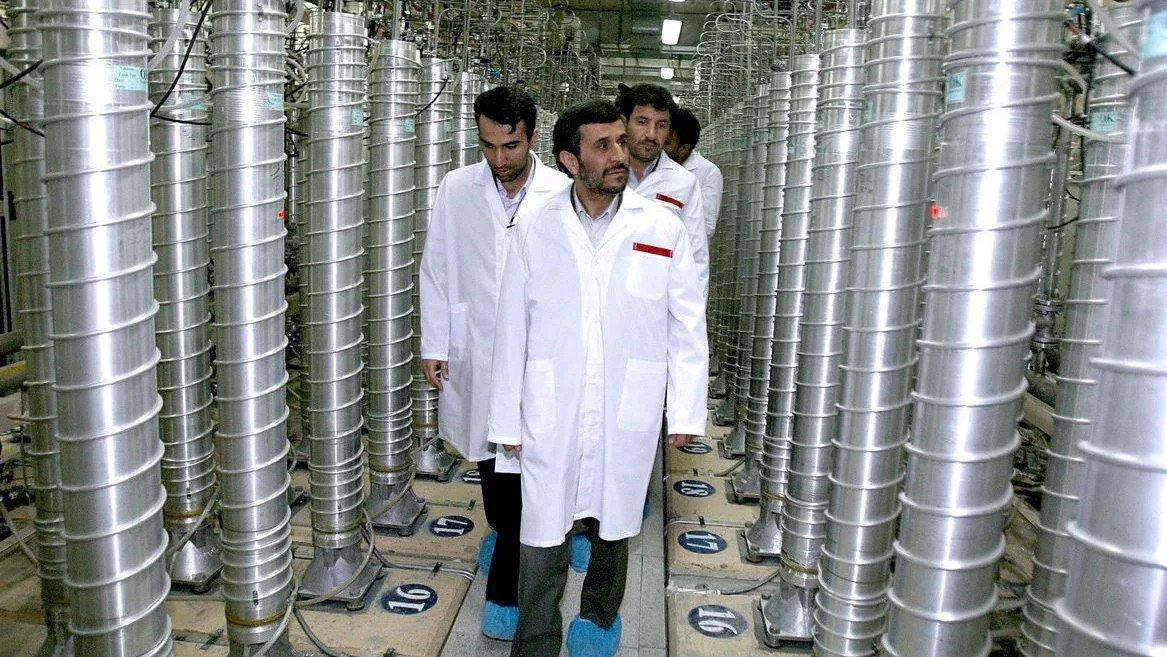. @ctbto_alerts confirms that 4 IMS stations are offline in Russia.
RUP61; Dubna: the last message received in the International Data Centre (IDC) was 2019/08/10 03:16:59 (IDC received time UTC)
RUP54; Kirov: the last message received in IDC was 2019/08/10 06:19:31 UTC
RUP61; Dubna: the last message received in the International Data Centre (IDC) was 2019/08/10 03:16:59 (IDC received time UTC)
RUP54; Kirov: the last message received in IDC was 2019/08/10 06:19:31 UTC
@ctbto_alerts The other two stations went offline on August 13th.
@ctbto_alerts All four outages came just days after an accident that may have involved the nuclear-powered SSC-X-9 Skyfall missile. Five ROSATOM employees were confirmed dead in that incident. It happened on August 8. The stations are CTBTO funded, but operated by local Russian institutions.
@ctbto_alerts UPDATE: As of 17:30 UTC on 8/20, here's the status of @ctbto_alerts detectors:
RN61 Dubna: Down since 2019/08/10 03:16:59 UTC
RN54 Kirov: Down since 2019/08/10 06:19:31 UTC
RN59 Zalesovo: Down since 2019/08/13
(1/2)
RN61 Dubna: Down since 2019/08/10 03:16:59 UTC
RN54 Kirov: Down since 2019/08/10 06:19:31 UTC
RN59 Zalesovo: Down since 2019/08/13
(1/2)
@ctbto_alerts UPDATE (cont.)
RN56 Peleduy: Down on 2019/08/13. Back online, backfilling data.
RN57 Bilibino: Down on 2019/08/13. Back online, backfilling data.
In total, 5 out of 7 operational radionuclide stations in Russia have experienced problems since the accident....
RN56 Peleduy: Down on 2019/08/13. Back online, backfilling data.
RN57 Bilibino: Down on 2019/08/13. Back online, backfilling data.
In total, 5 out of 7 operational radionuclide stations in Russia have experienced problems since the accident....
@ctbto_alerts The only ones that haven't (by my count) are RN60 Petropavlovsk-Kamchatskiy and RN58 Ussuriysk, both of which are in the Russian far east near the North Korean border.
• • •
Missing some Tweet in this thread? You can try to
force a refresh














